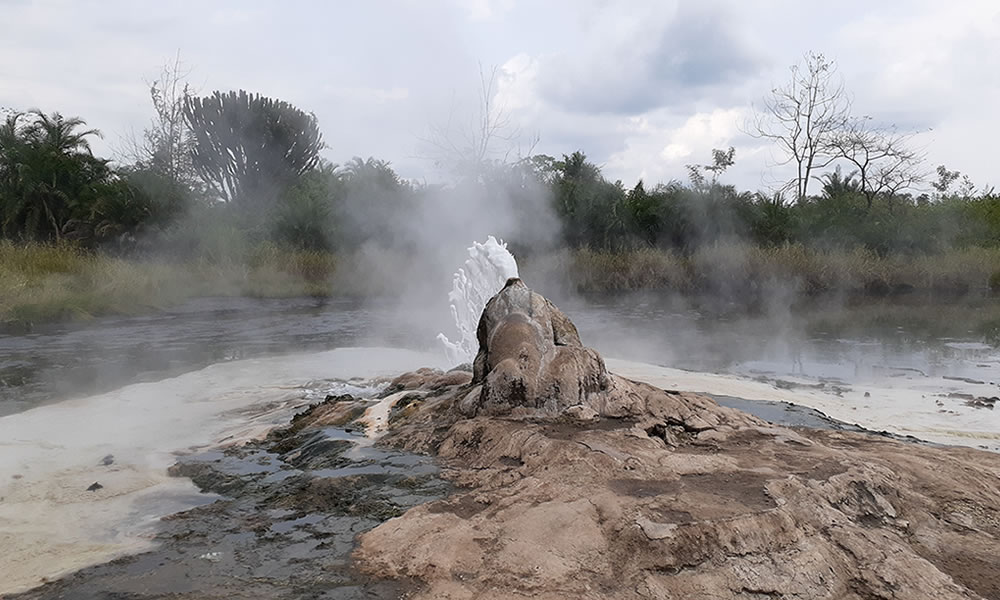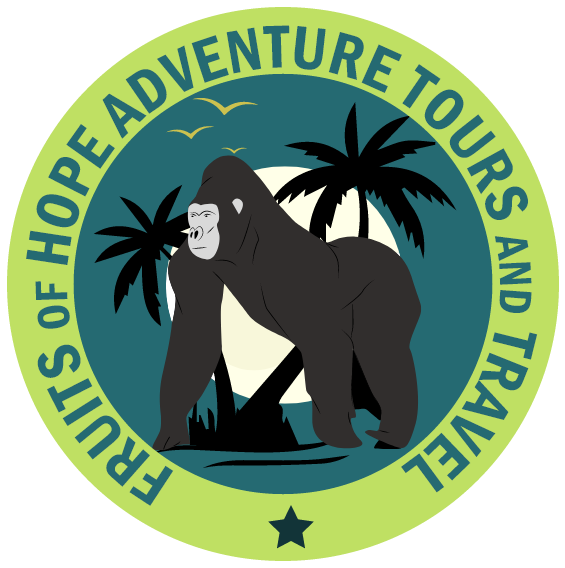Semuliki National Park extends from the Congo basin, it is situated in the western part of Uganda stretching along the floor of the great Albertine rift valley region it is a haven of birds with mostly endemics of the Albertine and those of the Ituri Forest, the protected national park it is one of the oldest Conservation areas of the country first created in the 1932 and upgraded to a status of a national park in 1993 it stands as the only lowland tropical rain forest in Uganda along the Semliki valley covering an area space of approximately 220 square kilometers placed at an altitude between 670-720m above sea level.

Semuliki National Park is one of the East African conservation areas that has survived overtime, it to said to have lived through the ice age era when there were so many geological happenings and the movement of tectonic plates this happened 12-18 million years ago, most of the parking area is dominated by species of the great Ituri Forest of the Eastern Congo, underlined by the river Semliki that forms a great boundary between the 2 countries, Semuliki features have developed with time which is an evidential thing including natural findings like hot springs, these are by far the largest in the country with water raiding up to 2 meters high from the ground, this is hot enough to boil an egg, they are 2 hot springs in the national park named Sempaya, they are both female and male these are believed to be medicinal by the locals more so the female spring, traditional women bathed its water for fertility purposes.
The forest of the Semuliki National Park is locally occupied by the Batwa pygmy community these are said to have originated from the forest they live around the surrounding villages mixed with the Bakojo of western Uganda and the Batoro, there are several animals present in the national park including African elephants, buffaloes, waterbucks, and a couple of antelopes, there are primates present in the national park like a chimpanzee, olive baboons, and vervet monkeys and over 350 bird species present within the ecosystem 23 of which are endemics of the great Albertine rift valley region example species are the spot breasted ibis, Congo serpent eagle, chestnut flanked goshawk to mention a few.
Activities of the national park include birding in the national park, which is commonly termed the haven of birds, expect to meet several species in the park, visit Sempaya hot springs they walk to springs along which you will be able to see several birds, guided nature walks guided by the Uganda wildlife authority team. The park can be accessed from Kampala to Fort Portal and then connect to the national park it takes approximately 5 hours drive to arrive at the destination.
